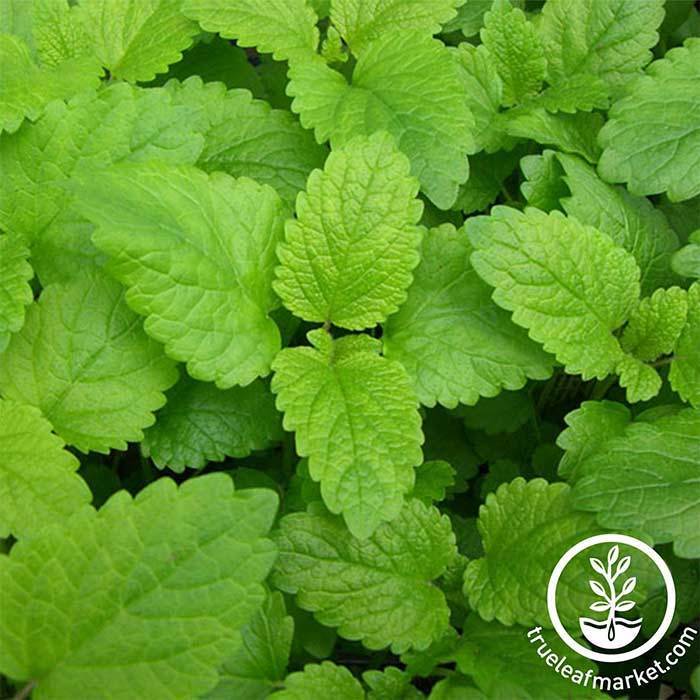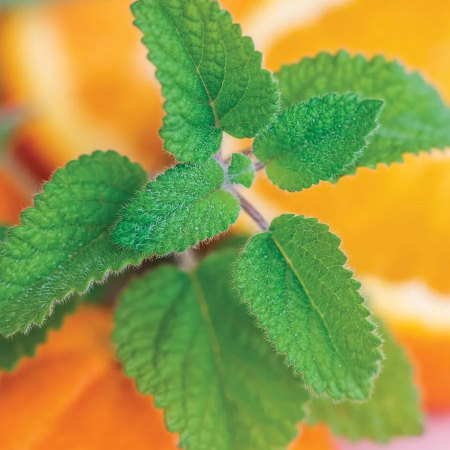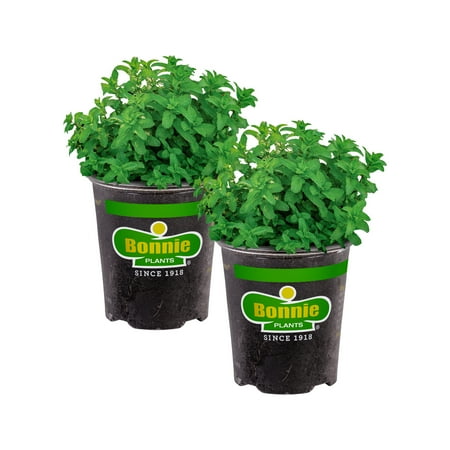How to grow lemon balm – for citrus-infused leaves to enjoy in cooking or herbal teas
Lemon balm is easy to grow, whether you want to buy plants or sow seeds to start your own

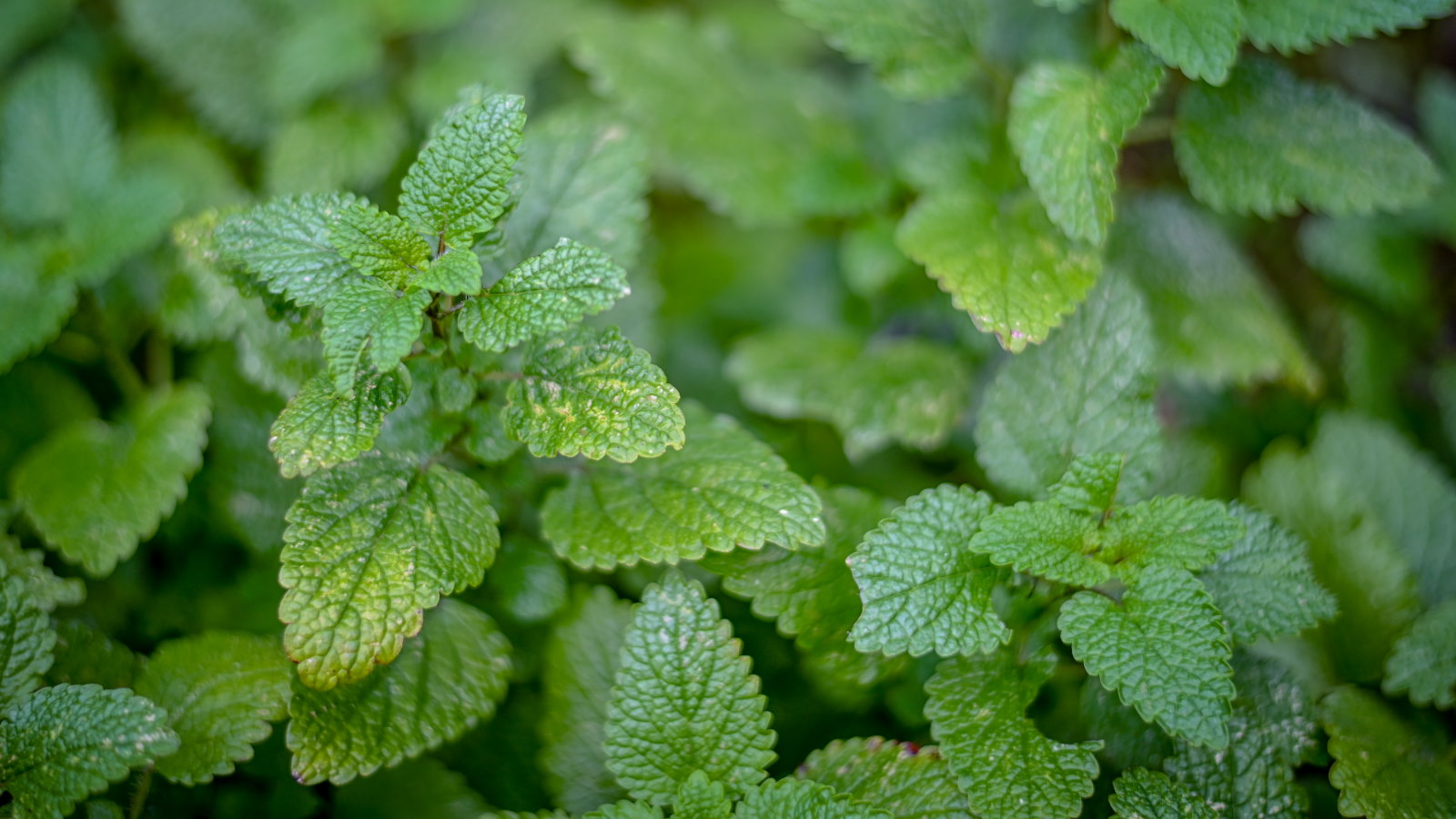
Lemon balm (Melissa officinalis) is a perennial herb which has been cultivated for centuries. Its glorious lemon-scented leaves are highly versatile and can be used in cooking and baking, or for herbal teas.
The Mediterranean plant is native to southern Europe but is now cultivated globally. Growing to around two feet in height, lemon balm produces toothed aromatic leaves and small yellow or pink flowers that attract bees.
Lemon balm is an easy plant to grow, give it sun and well-draining soil and it will thrive. If you are eager to learn how to grow lemon balm, our guide covers everything you need to know - whether you want to grow plants in a herb garden or containers.

Lemon balm is in the mint family and a vigorous grower
Lemon balm is a useful addition to a herb garden
Lemon balm is a simple aromatic herb to grow as part of any herb garden or herb planter ideas. Plants can be bought in spring or summer from garden centers, nurseries, or online to add to any backyard ideas, or you can grow lemon balm from seed quickly and easily.
How to grow lemon balm from seed
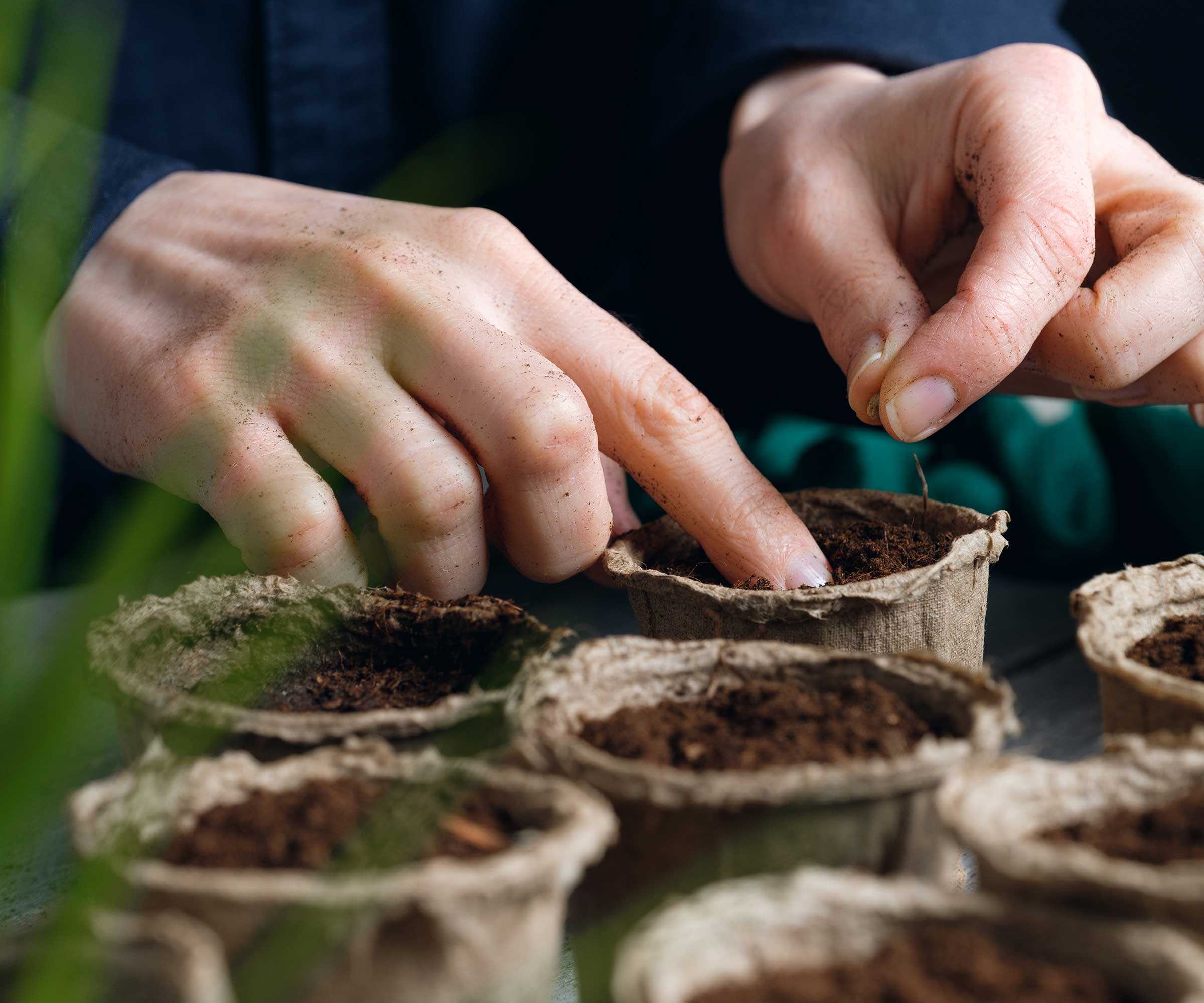
Lemon balm seeds can be sowed indoors in spring
Lemon balm can be grown from seed in spring in one of two ways. Firstly, you can sow seeds outdoors directly into the garden, around a quarter-inch deep in rows 12 inches apart, after all danger of frost has passed for your location. Keep the seeds moist and thin them to at least four inches apart as they germinate.
The alternative is to sow seeds indoors about 4-6 weeks before the last frost to get a head start on the growing season. Starting in March, gently scatter the seeds into trays, modules, or individual pots and cover them with vermiculite or a sprinkling of compost - only cover lightly as the seeds need light to germinate. The seeds should germinate at temperatures of 65–70°F in a greenhouse, heated propagator, or on a bright windowsill.
Pot up the young lemon balm into individual pots when they are a few inches tall and transplant the seedlings outdoors after the last frosts, after a period of hardening off.
Design expertise in your inbox – from inspiring decorating ideas and beautiful celebrity homes to practical gardening advice and shopping round-ups.
Shop Lemon Balm Seeds and Plants
Where to grow lemon balm
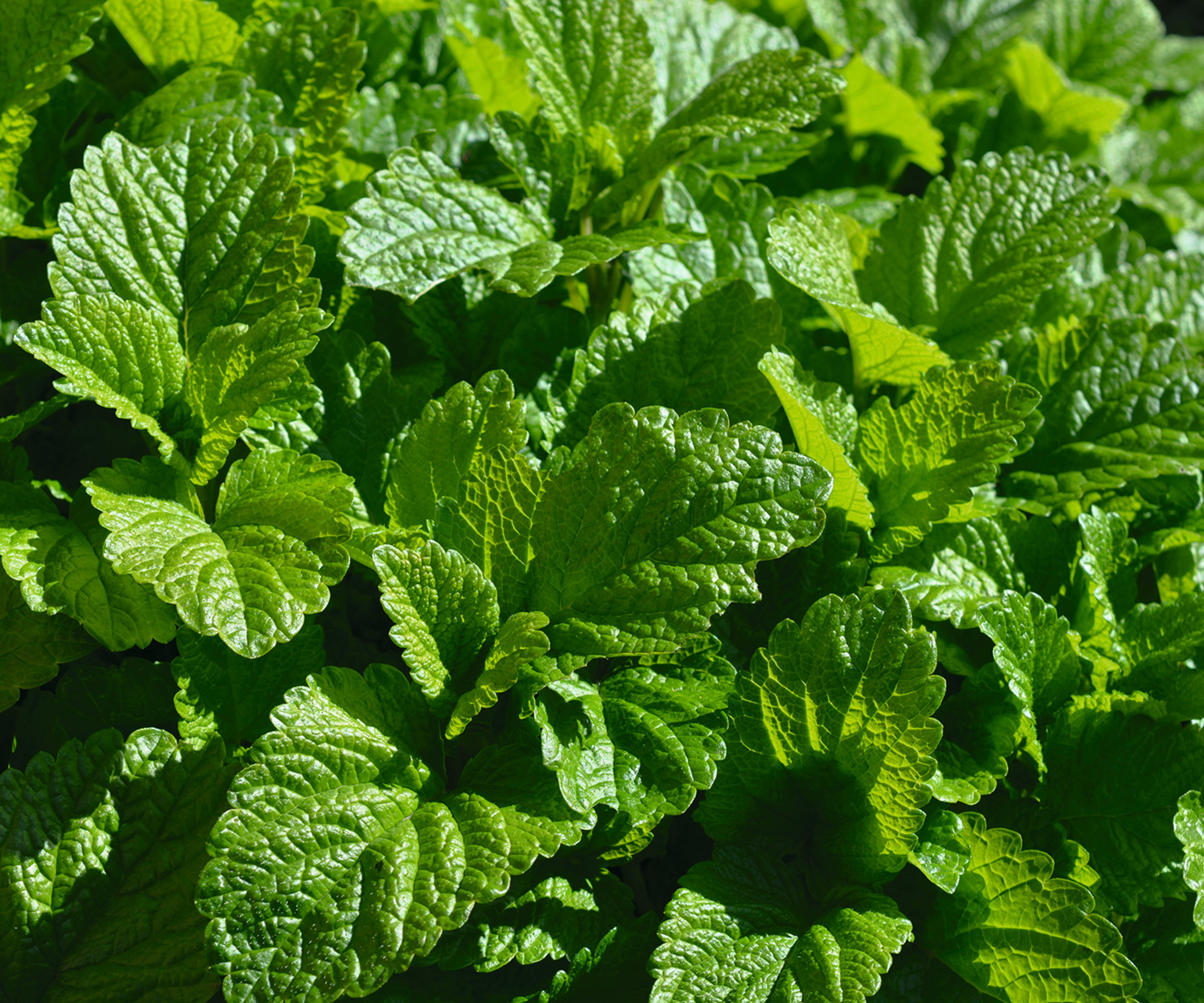
Lemon balm is a sun-loving herb
Plant lemon balm in a sunny spot in the backyard. Plants can prosper in a part-shade spot in hot climates, however, they will go leggy when growing in too much shade.
Lemon balm can grow in many different soil types but will perform at its best in well-draining and fertile soil. It would be a herb gardening mistake to plant lemon balm and many other herbs in soggy soil that can increase the likelihood of plants succumbing to root rot.
Lemon balm is a hardy herb. It is cold tolerant to -20°F and can overwinter successfully outdoors in US hardiness zones 4-9. Plants tend to grow 2-3 feet in height and want to be spaced 18-24 inches apart.
How to care for lemon balm
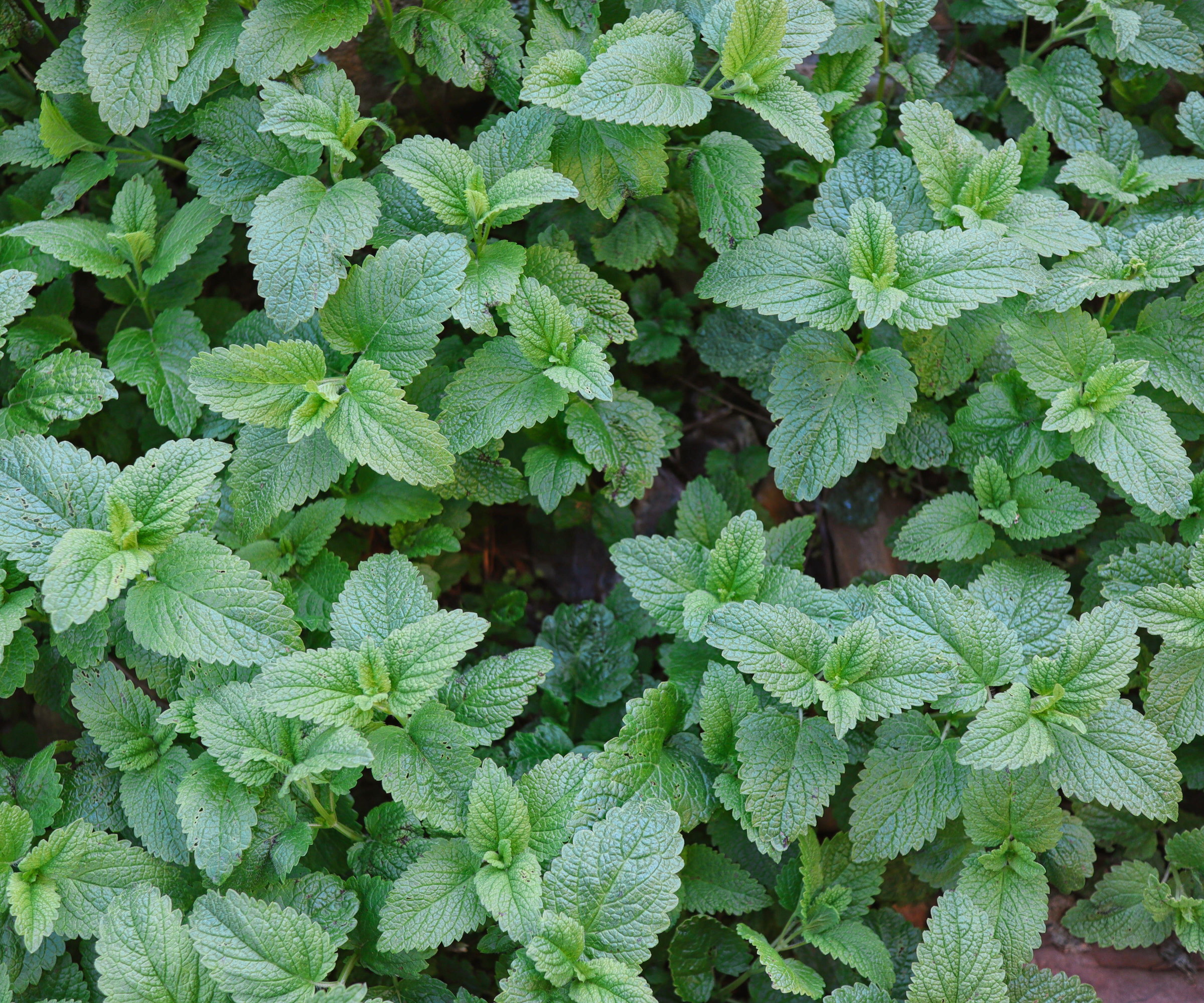
Lemon balm is a low-maintenance perennial to grow
Lemon balm plants need regular watering in the first few months after planting but it is a drought-tolerant herb once established. Even once established, Nancy Trautz Awot, horticulture specialist at Burpee, advises that you will still need to water plants during hotter or drier spells.
‘Lemon balm needs the soil to just be evenly moist but not wet or waterlogged. Feel the soil, when that feels dry water the plant,’ recommends Nancy. ‘It is important to water slowly and deeply to encourage roots to grow down into the soil. They usually need about an inch of water per week.’
Lemon balm are fast-growing plants which can spread quickly and self-seed around the backyard. Deadheading after the first flush of small white flowers in summer will stop the plants from self-seeding and regular pruning can encourage fresh leaves to harvest.
‘Start pruning in early spring when new growth appears for established plants, and for new plants when they are about 6-8 inches tall,’ recommends Nancy Trautz Awot.
‘Prune the plant throughout the growing season, especially after periods of heavy growth. Cut the stems back by about a quarter to a third to keep the plants bushy every few weeks. At the end of the season cut back the plant to about 4-6 inches.’
Harvesting lemon balm
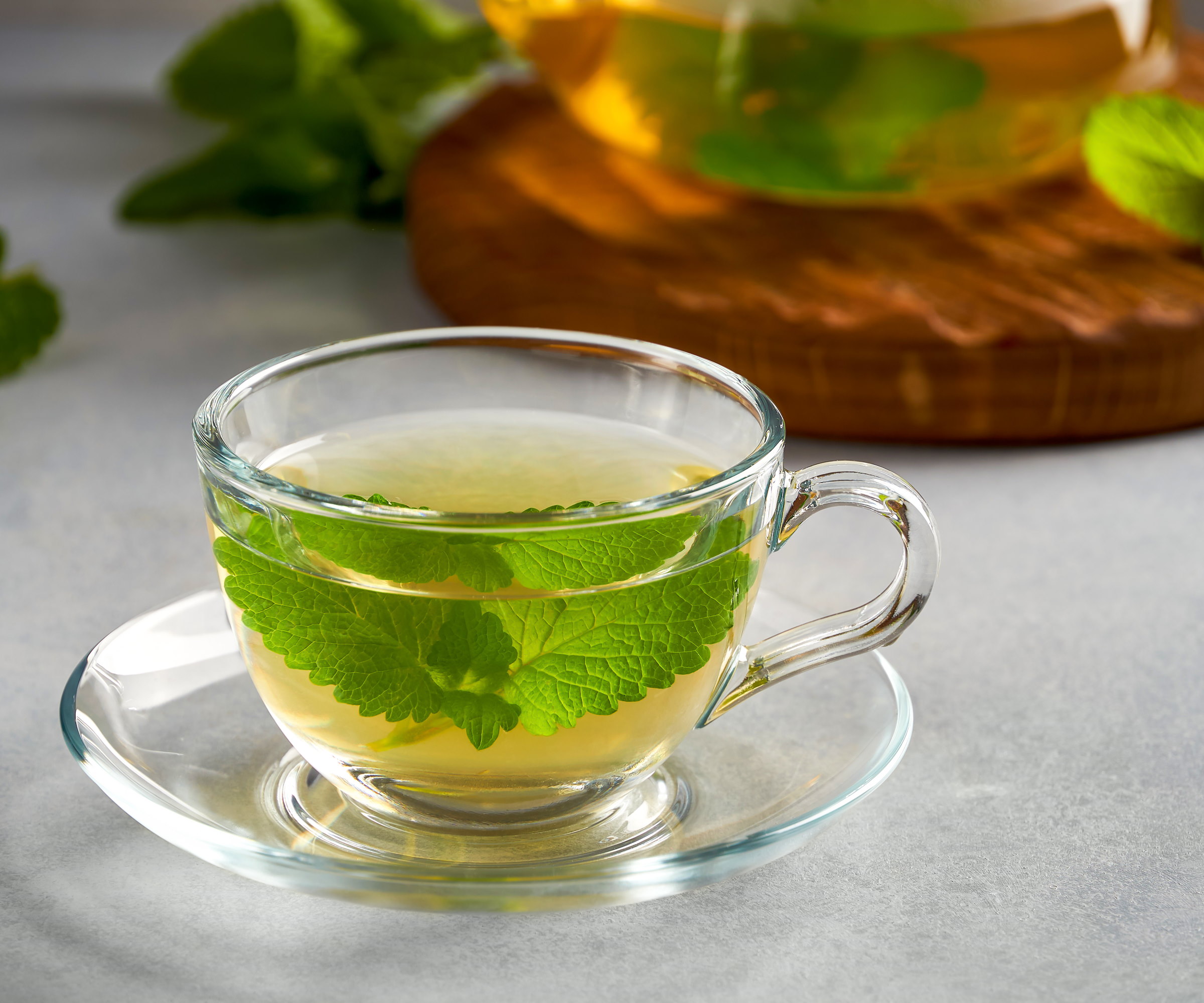
Growing lemon balm means leaves to harvest for teas
Fresh lemon balm can be harvested for a multitude of uses. The scented leaves can be used in cooking and baking or to make refreshing teas. The leaves are best used fresh, though they can be dried but lose a lot of their scent, and can be harvested as required throughout the growing season.
Use a pair of clean and sharp pruning shears or garden snips, such as these micro-tip pruning snips available at Amazon, to cut stems from the plant, rather than removing individual leaves. It is important to handle the plant carefully as the leaves are very tender and easily bruised.
‘You can start harvesting when the plants are about 6-8 inches tall, which is usually about 6-8 weeks after planting. You want to wait until the plants have a good amount of foliage before starting to harvest,’ advises Nancy Trautz Awot.
‘It is best to harvest in the morning after the dew has dried. This is when the essential oils in the leaves are most concentrated. And never harvest more than one-third of the plant at any one time.’
The leaves will turn bitter once the blooms appear, so regular harvesting will keep the plant bushy and prevent it from flowering.
How to grow lemon balm in pots
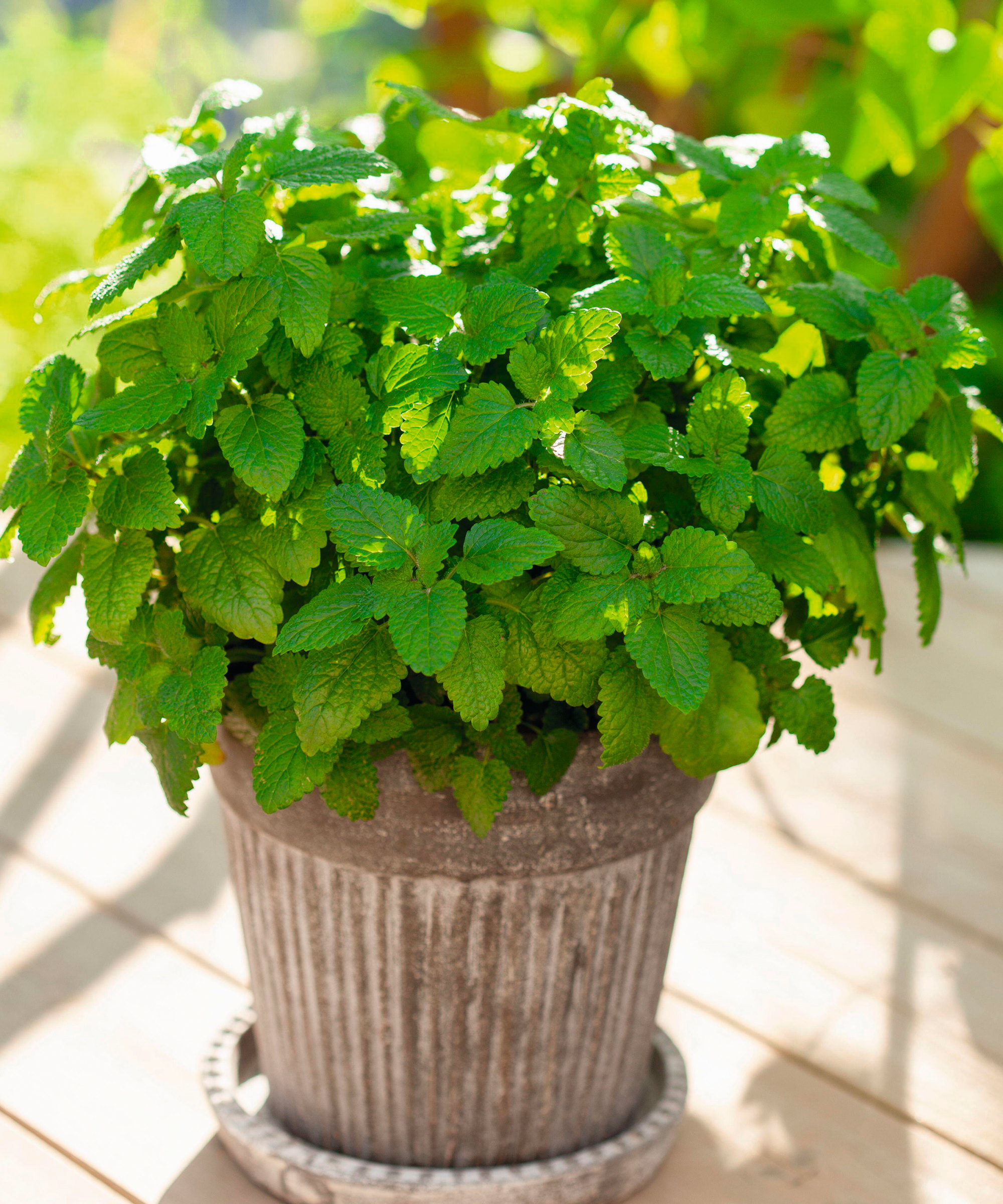
Lemon balm plants can be contained by growing them in pots
Growing lemon balm in pots is a good way to prevent the fast-growing herb from spreading around the garden.
Any container for growing lemon balm should have holes in the bottom for drainage and be at least 10 inches deep and 12-18 inches wide. Fill the pot with well-draining potting soil designed for container gardening and place it in a sunny spot in the backyard. Keep a close eye on watering plants in containers as the soil can quickly dry out in the heat of summer.
FAQs
Does lemon balm grow back every year?
Lemon balm is a perennial herb that can overwinter in US hardiness zones 4 and above. It can grow year-round in warmer climates, however, in colder regions the plant will die back in winter and burst into life when the temperatures rise again in spring.
What is the lifespan of lemon balm?
Lemon balm can have a long lifespan when grown in the right conditions and looked after well. However, any clump can get large and congested over the years. It is advisable to lift and divide plants every 3-5 years to rejuvenate older plants. Lemon balm is an ideal herb to divide in October, or during spring.
Can you eat lemon balm leaves raw?
Lemon balm leaves can be eaten raw and added to salads and fruit salads. Fresh lemon balm is considered a great calming herb to help with stress and anxiety and aid sleep.
Lemon balm is one of the best herbs to choose if you want to grow your own herbal tea, along with others such as chamomile, sage, and mint. Adding fresh or dried leaves to a teapot or mug and adding boiling water can create an ideal infusion for a relaxing cup of herbal tea.

Drew has worked as a writer since 2008 and was also a professional gardener for many years. As a trained horticulturist, he worked in prestigious historic gardens, including Hanbury Hall and the world-famous Hidcote Manor Garden. He also spent time as a specialist kitchen gardener at Soho Farmhouse and Netherby Hall, where he grew vegetables, fruit, herbs, and cut flowers for restaurants. Drew has written for numerous print and online publications and is an allotment holder and garden blogger. He is shortlisted for the Digital Gardening Writer of the Year at the 2025 Garden Media Guild Awards.
